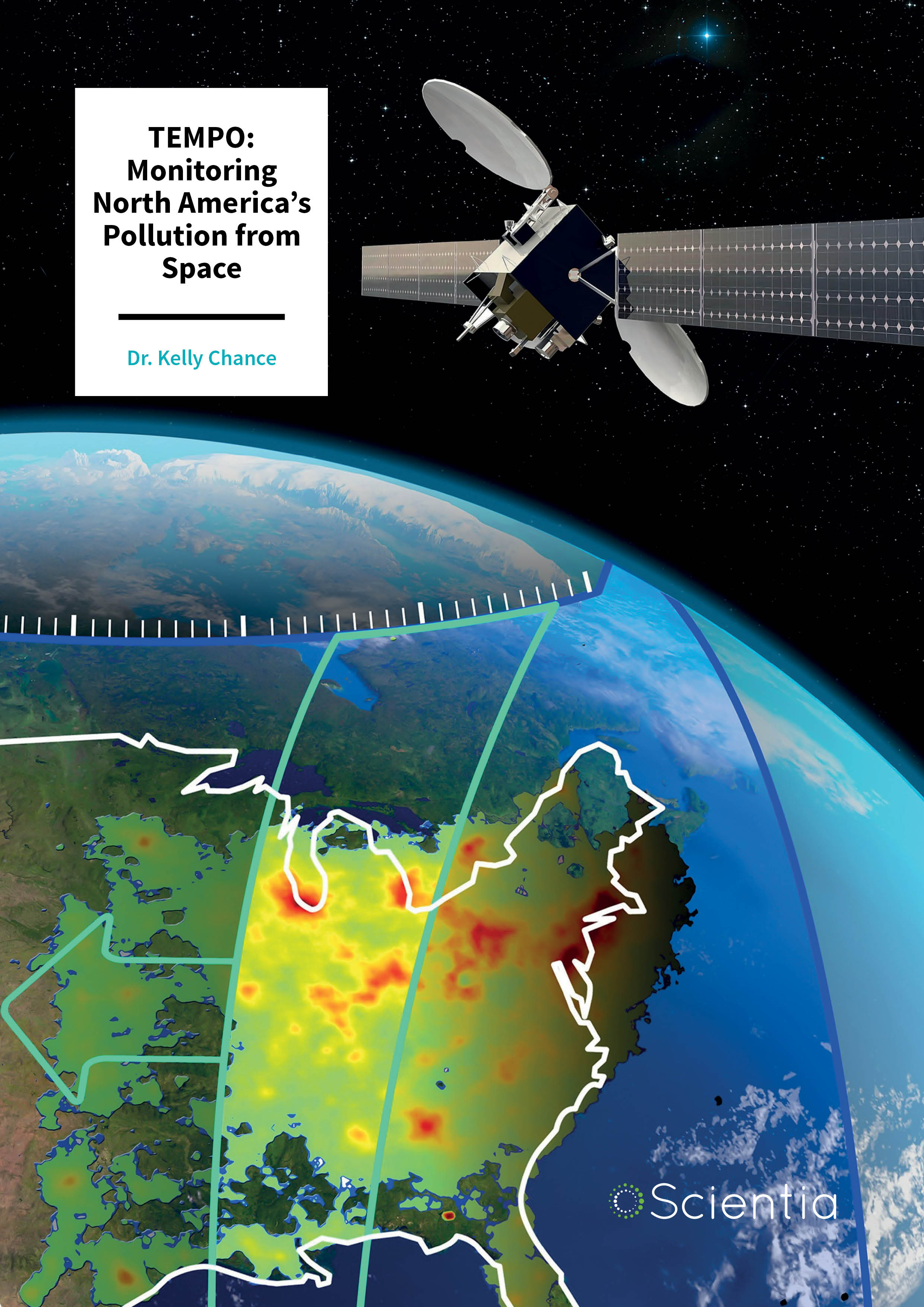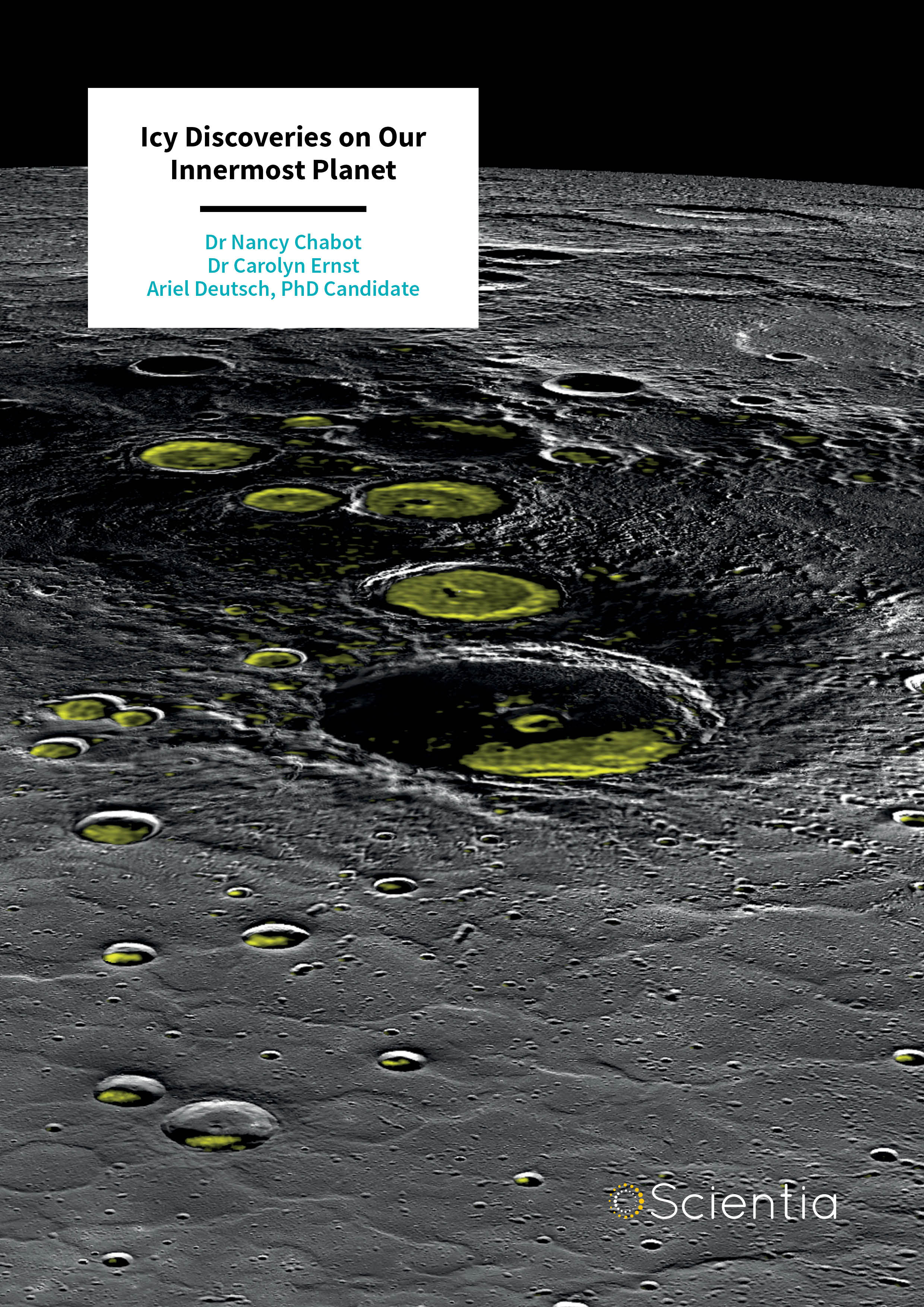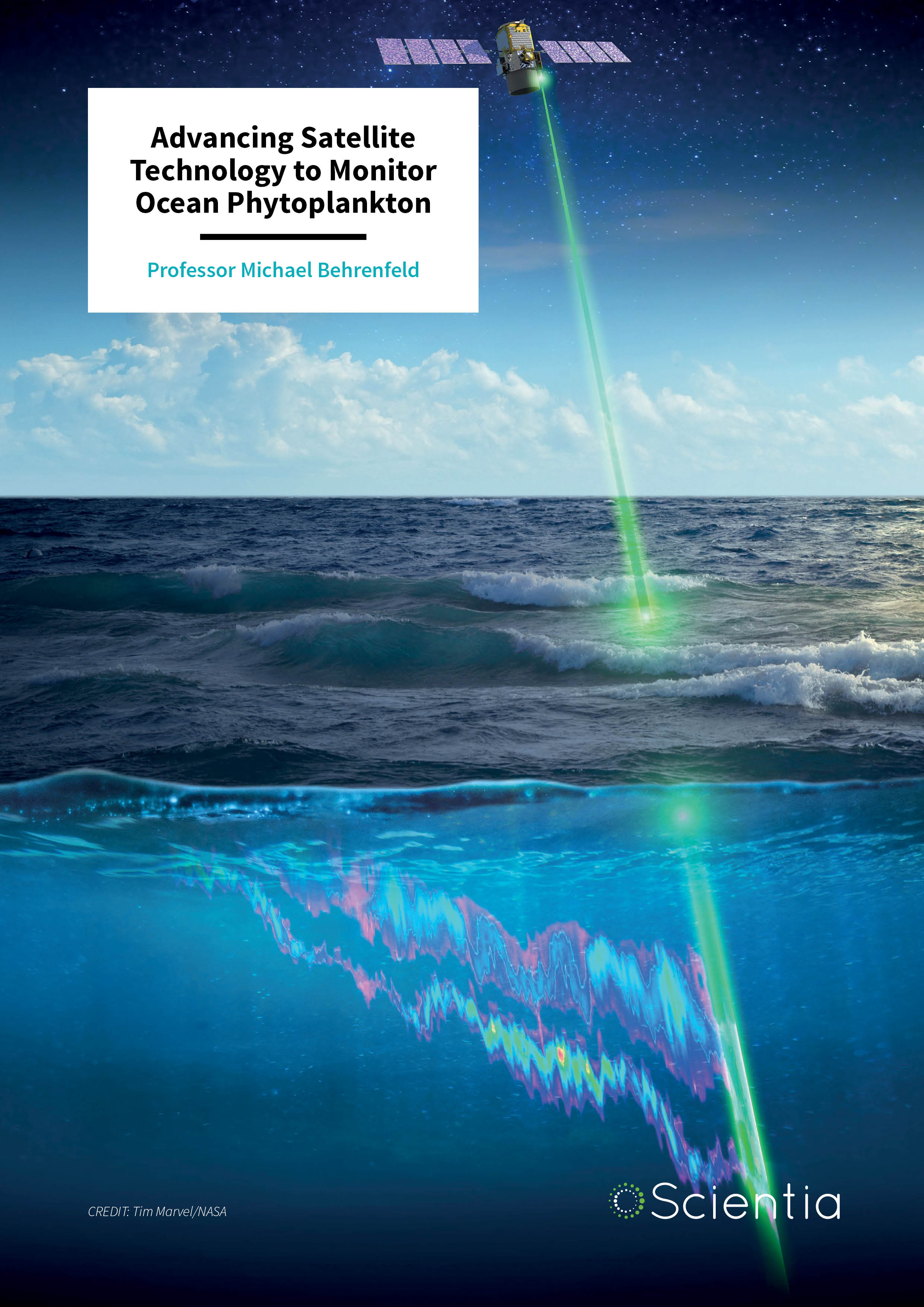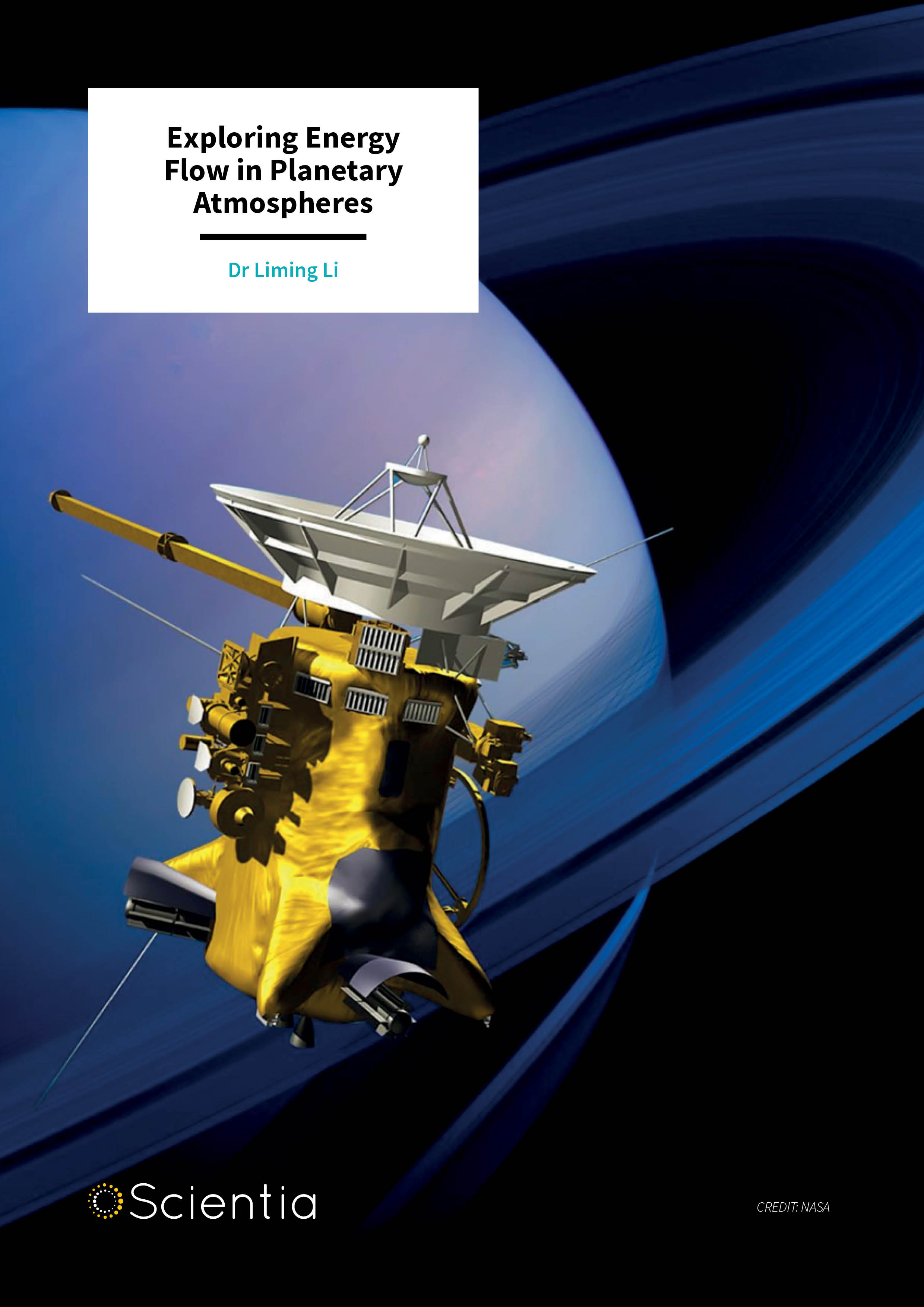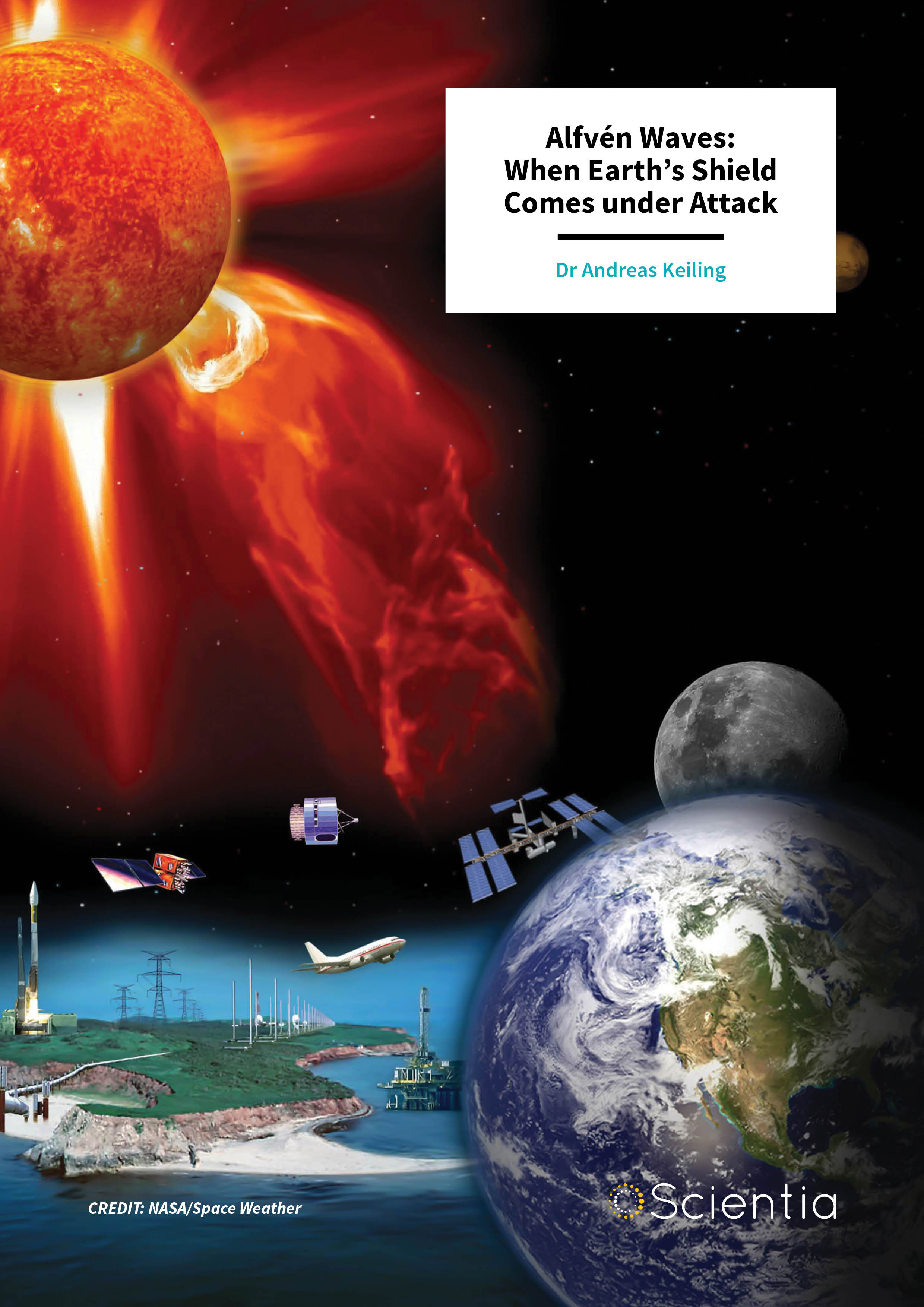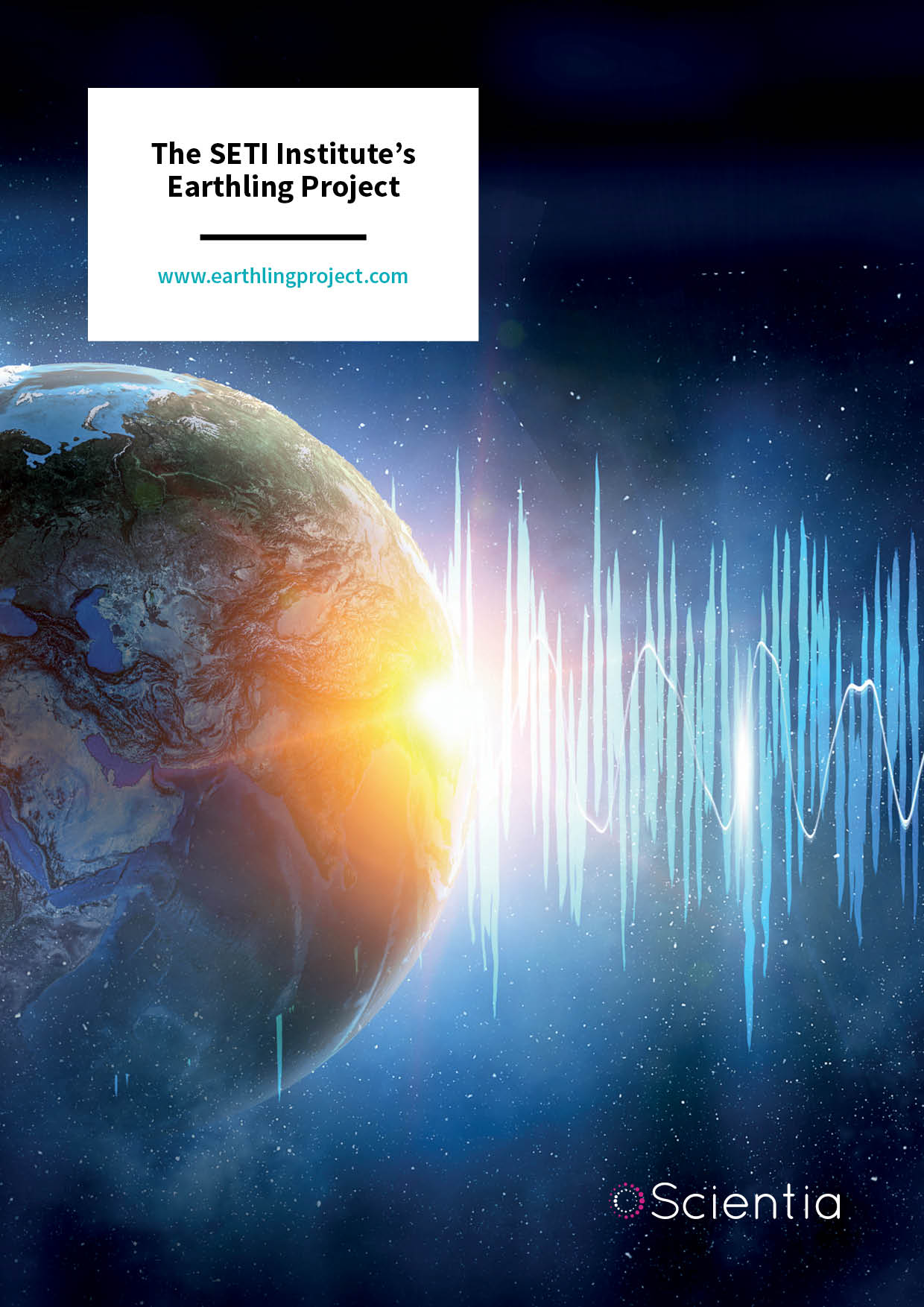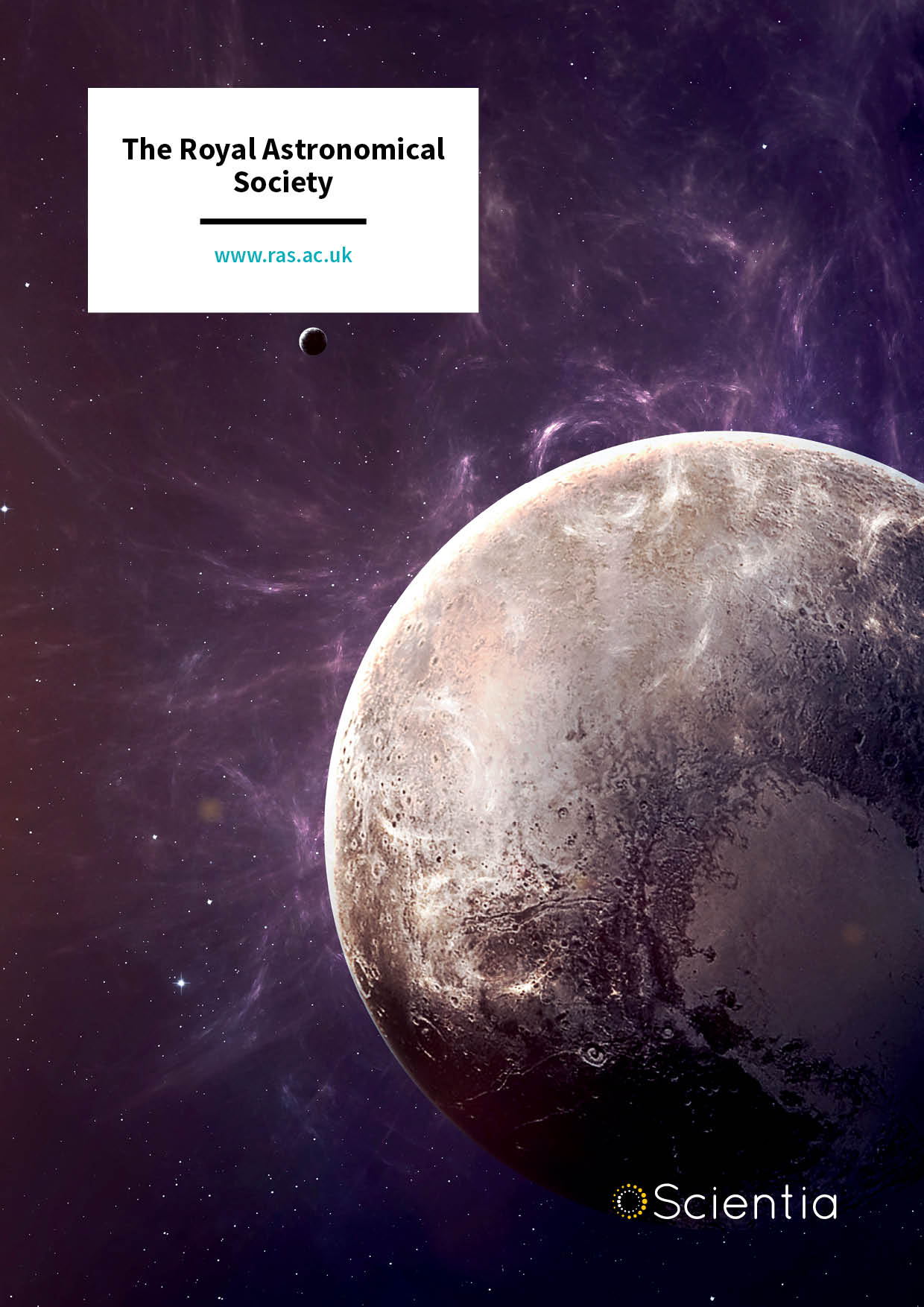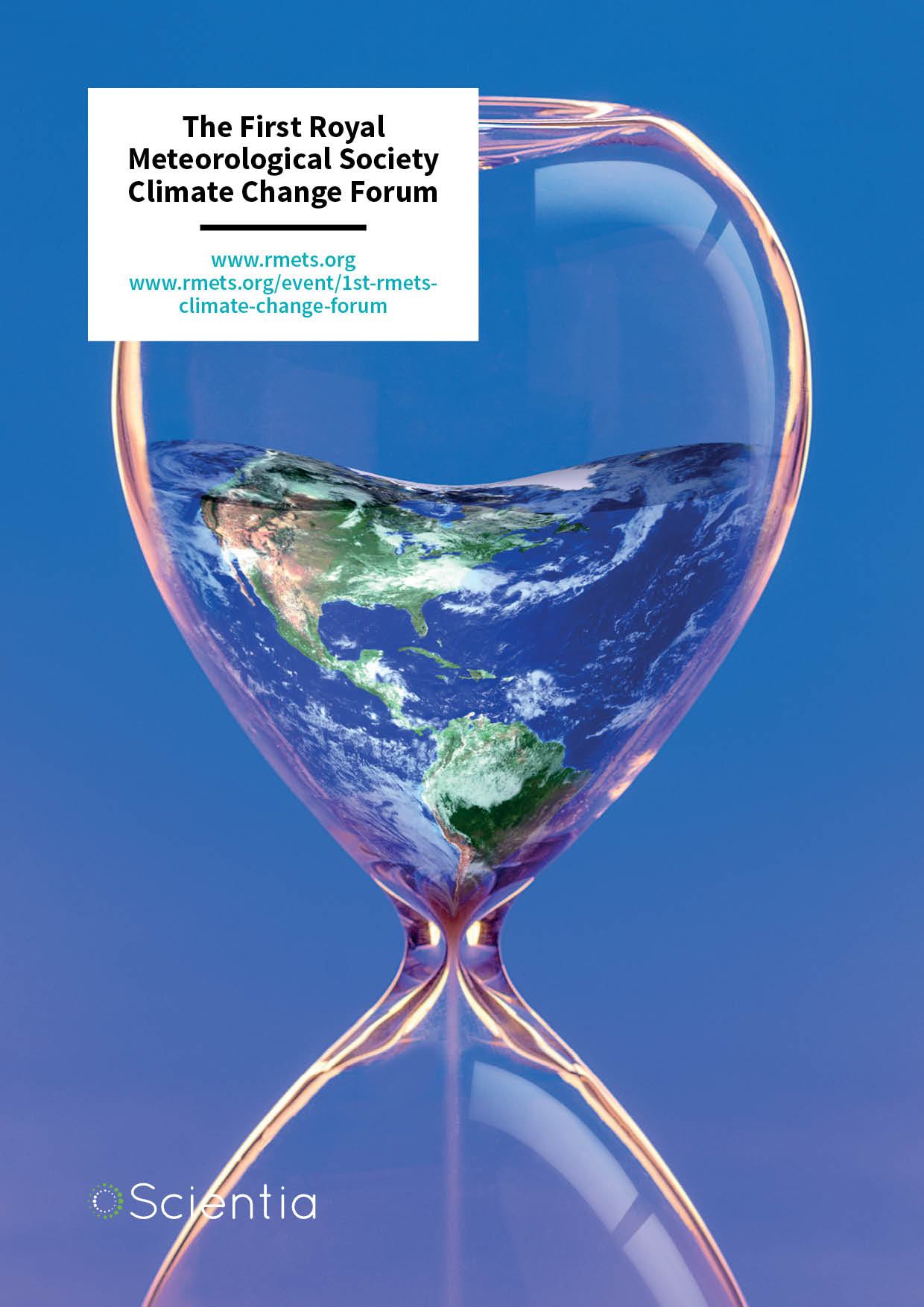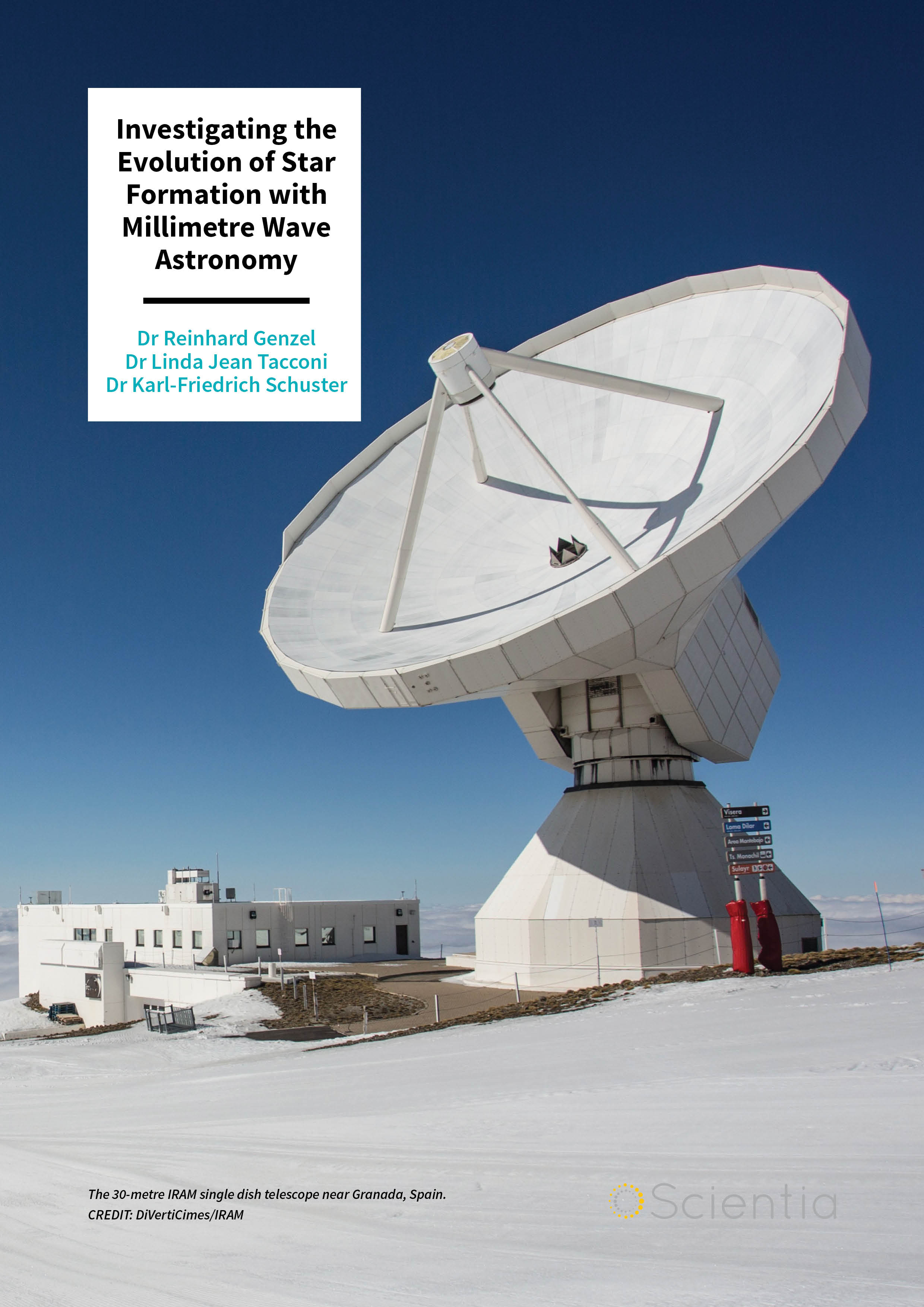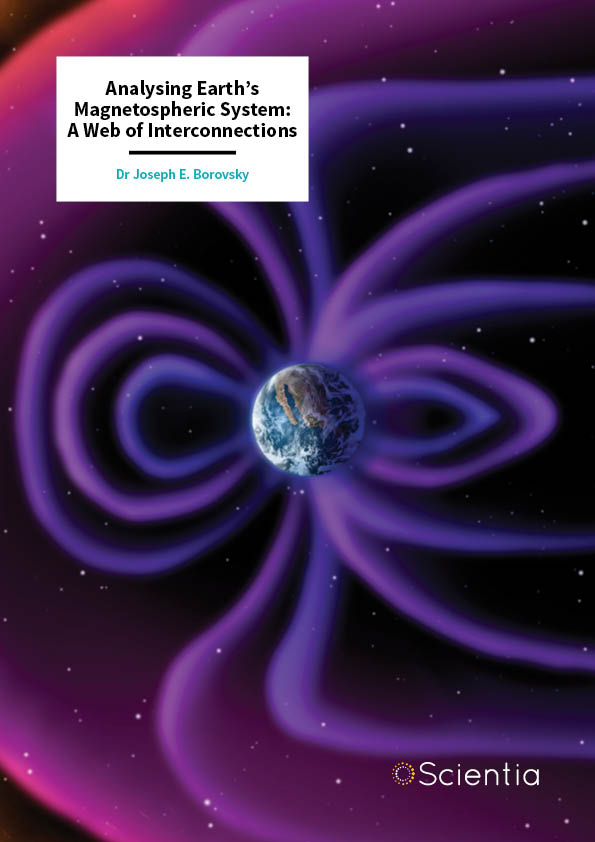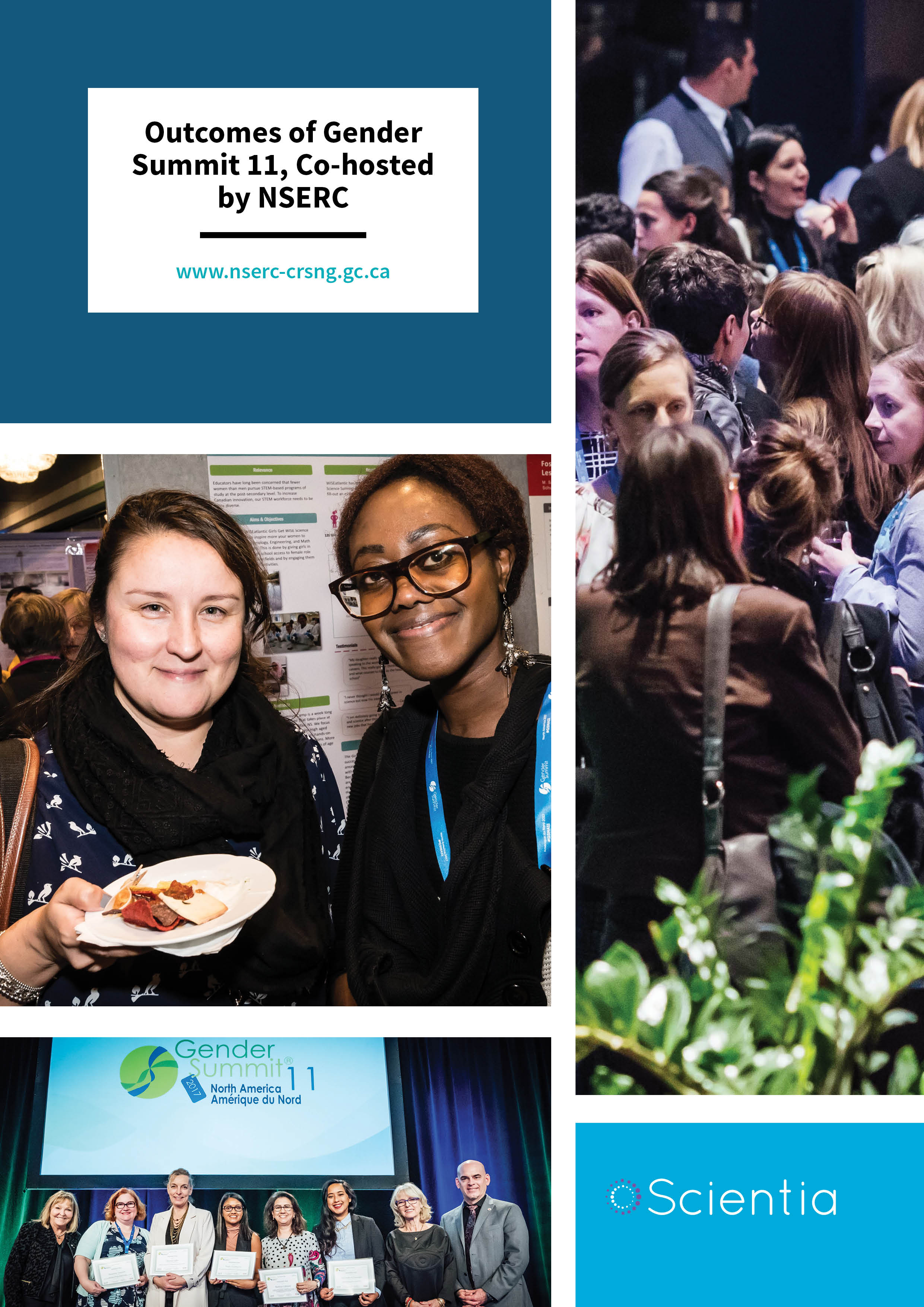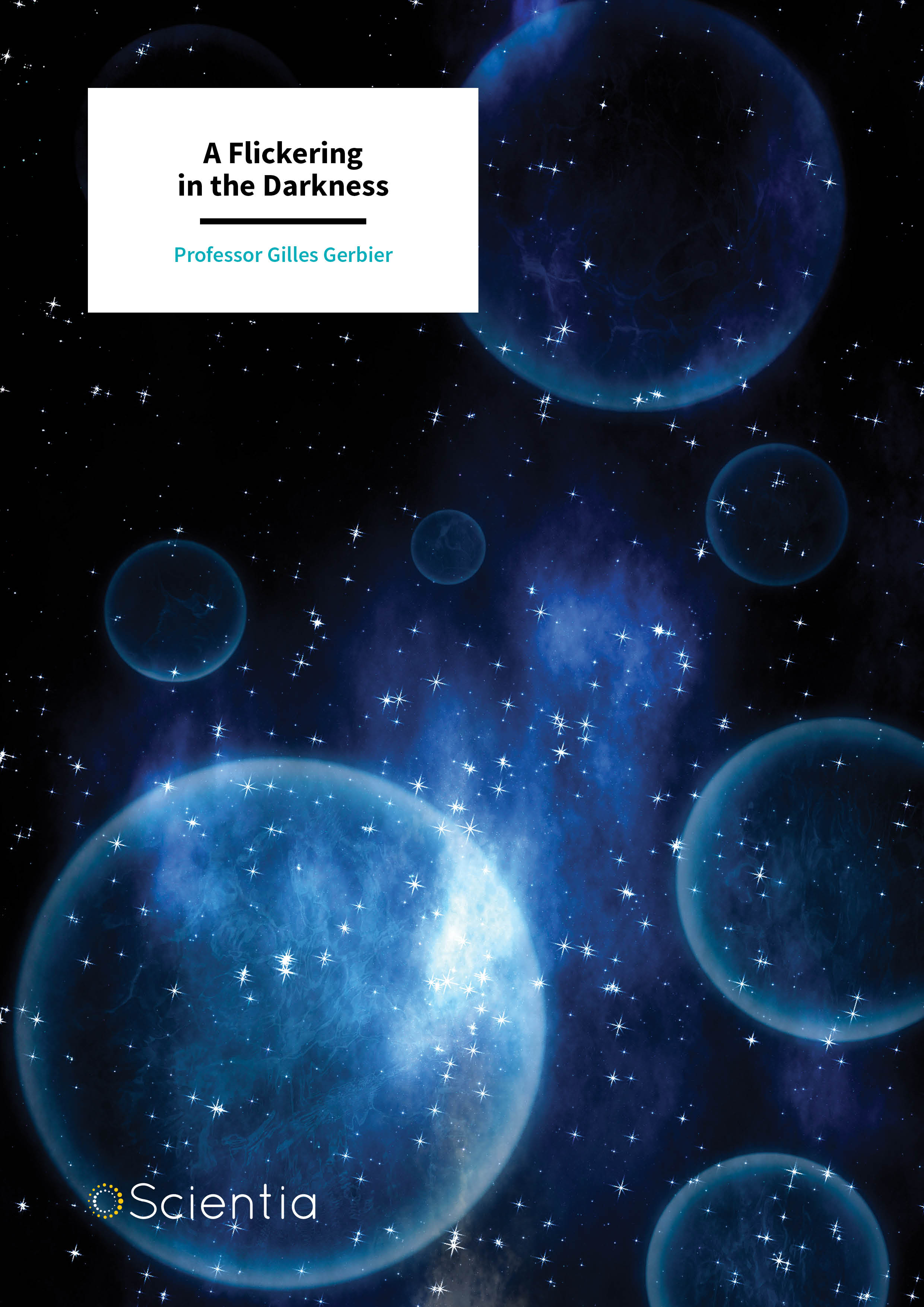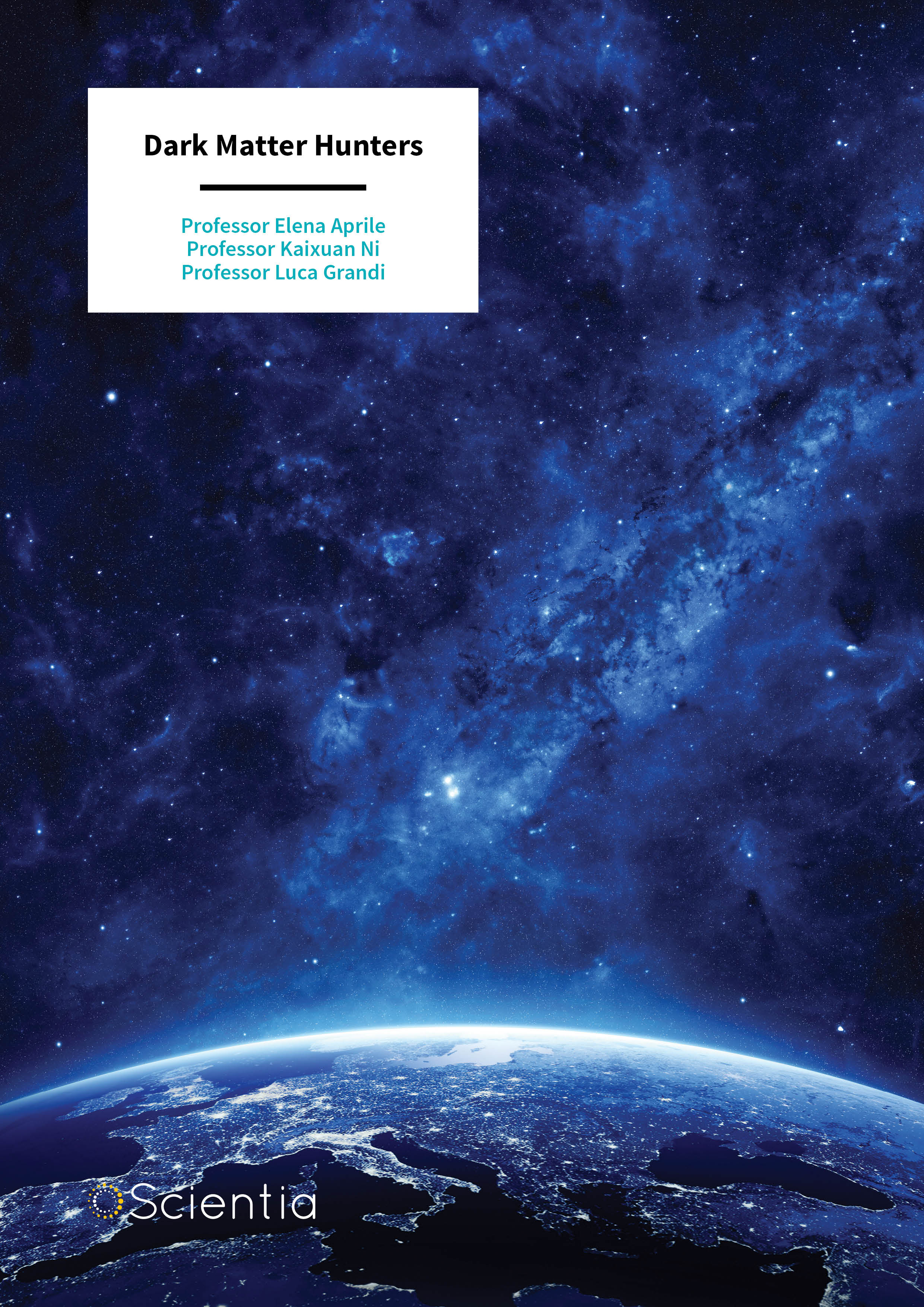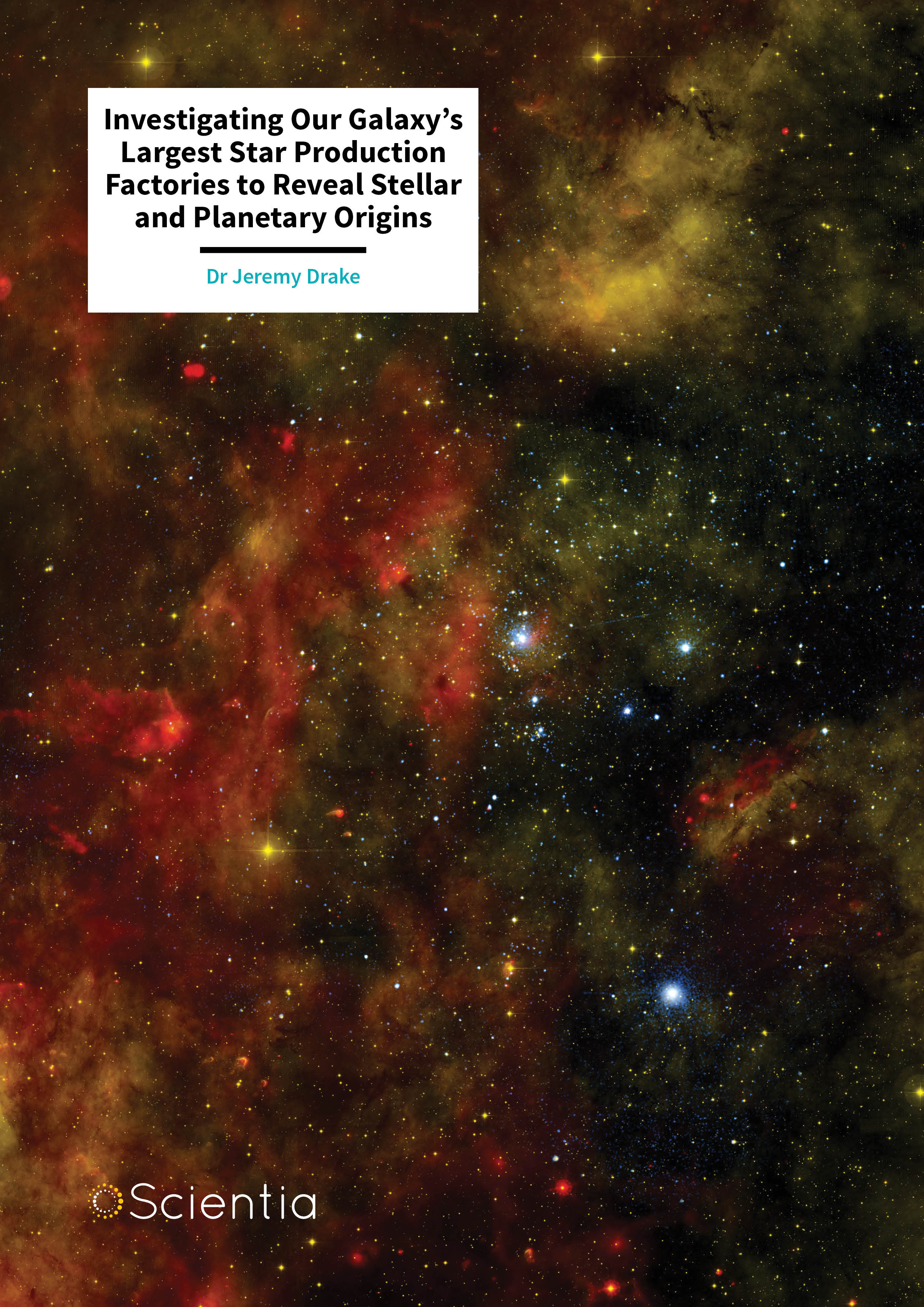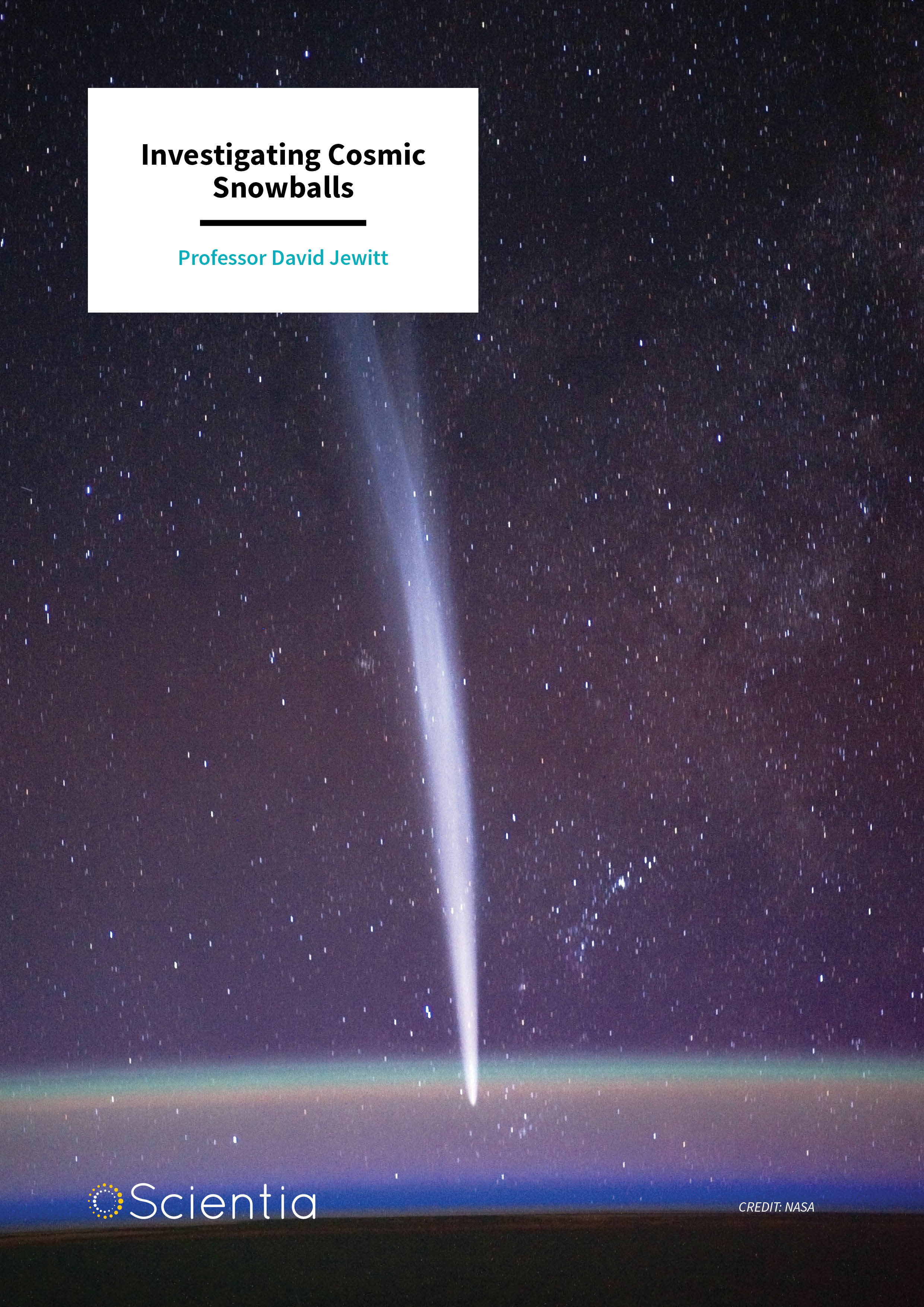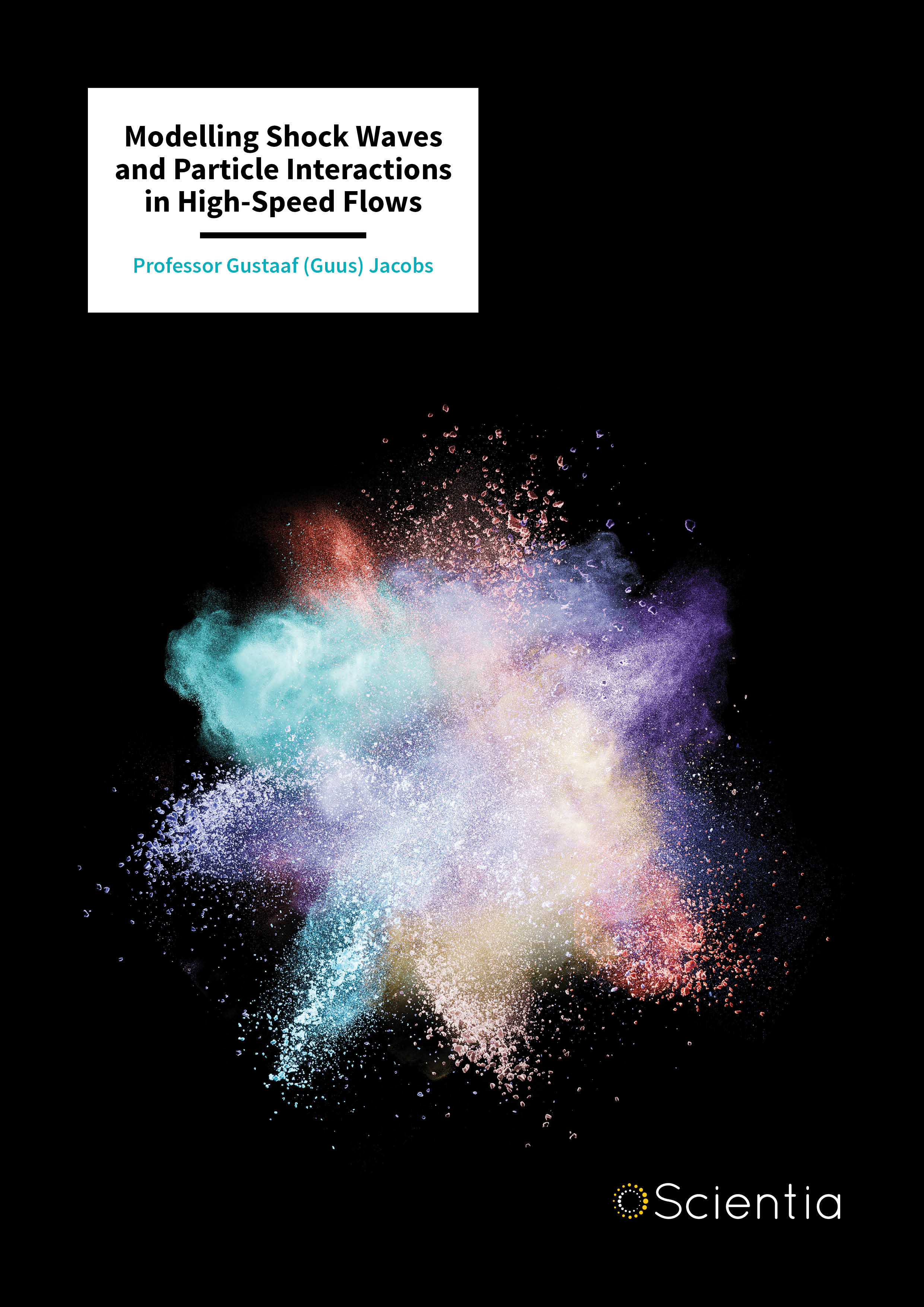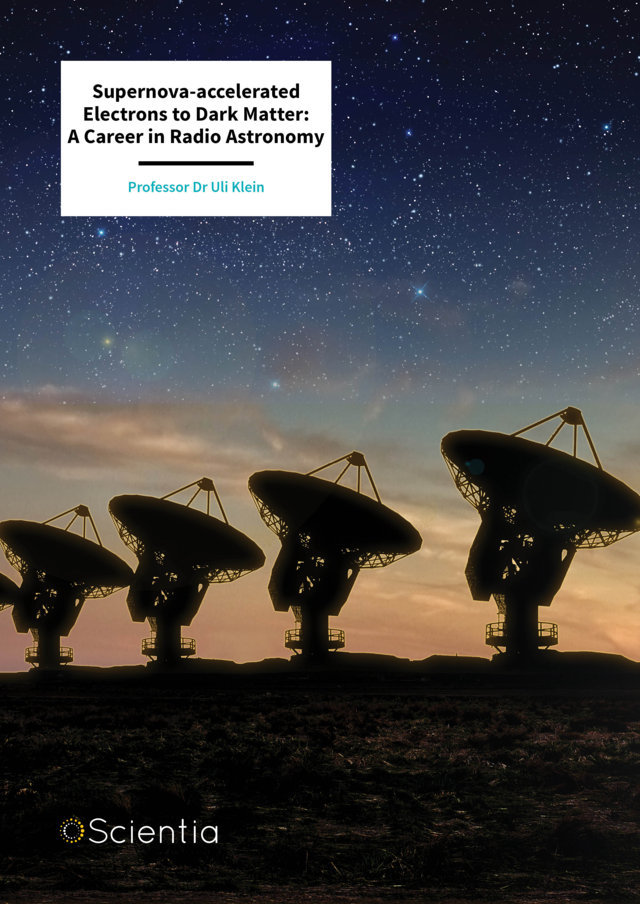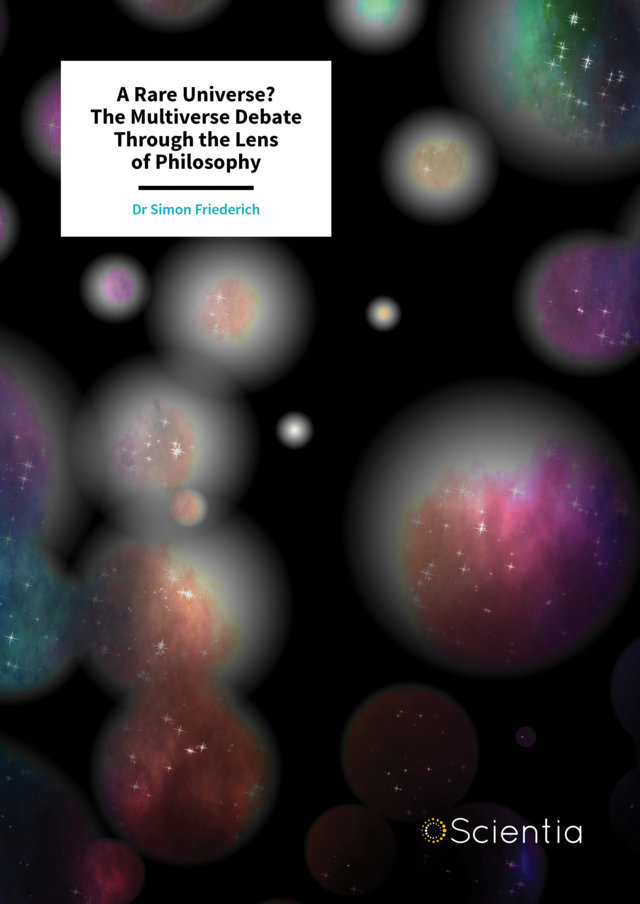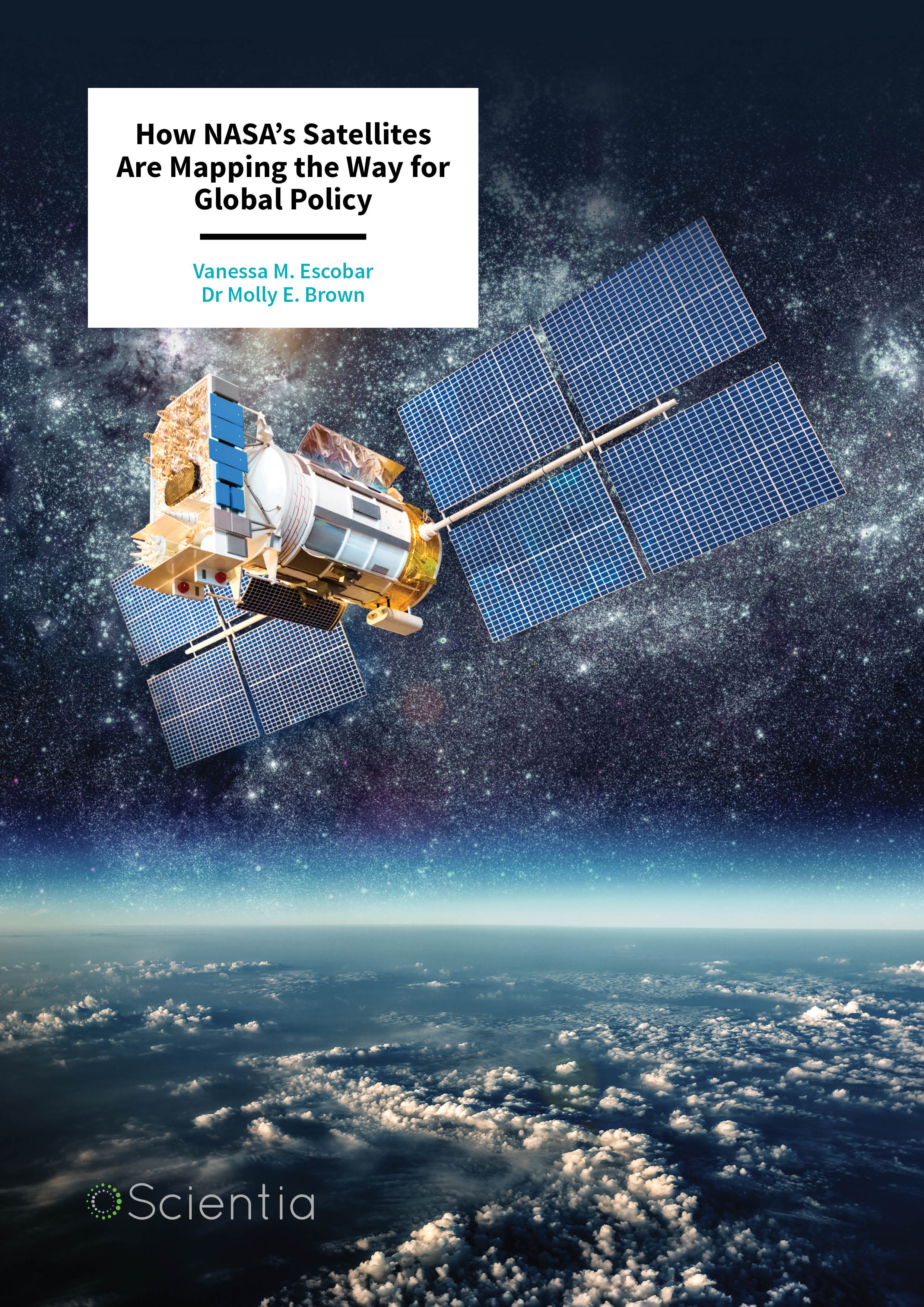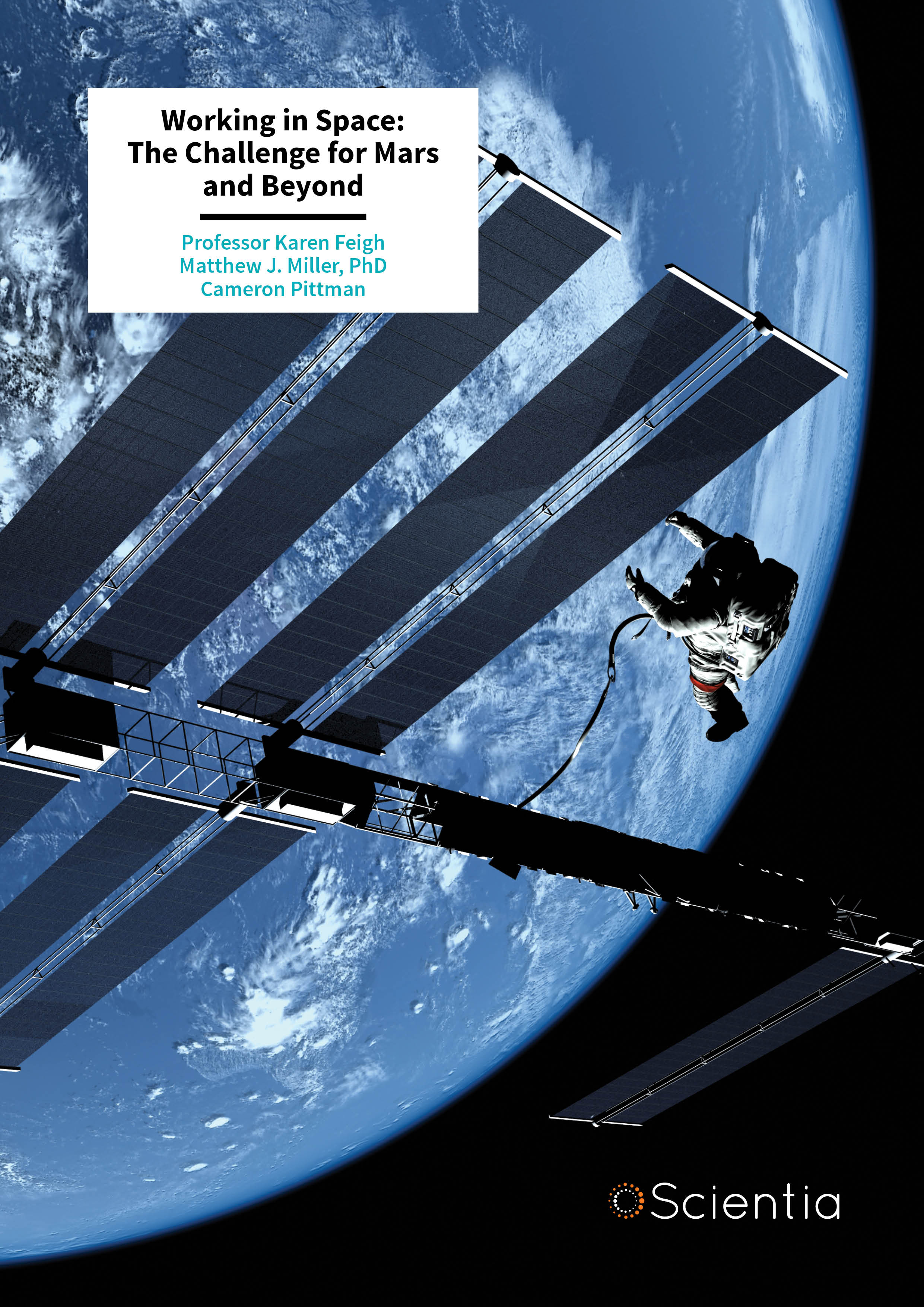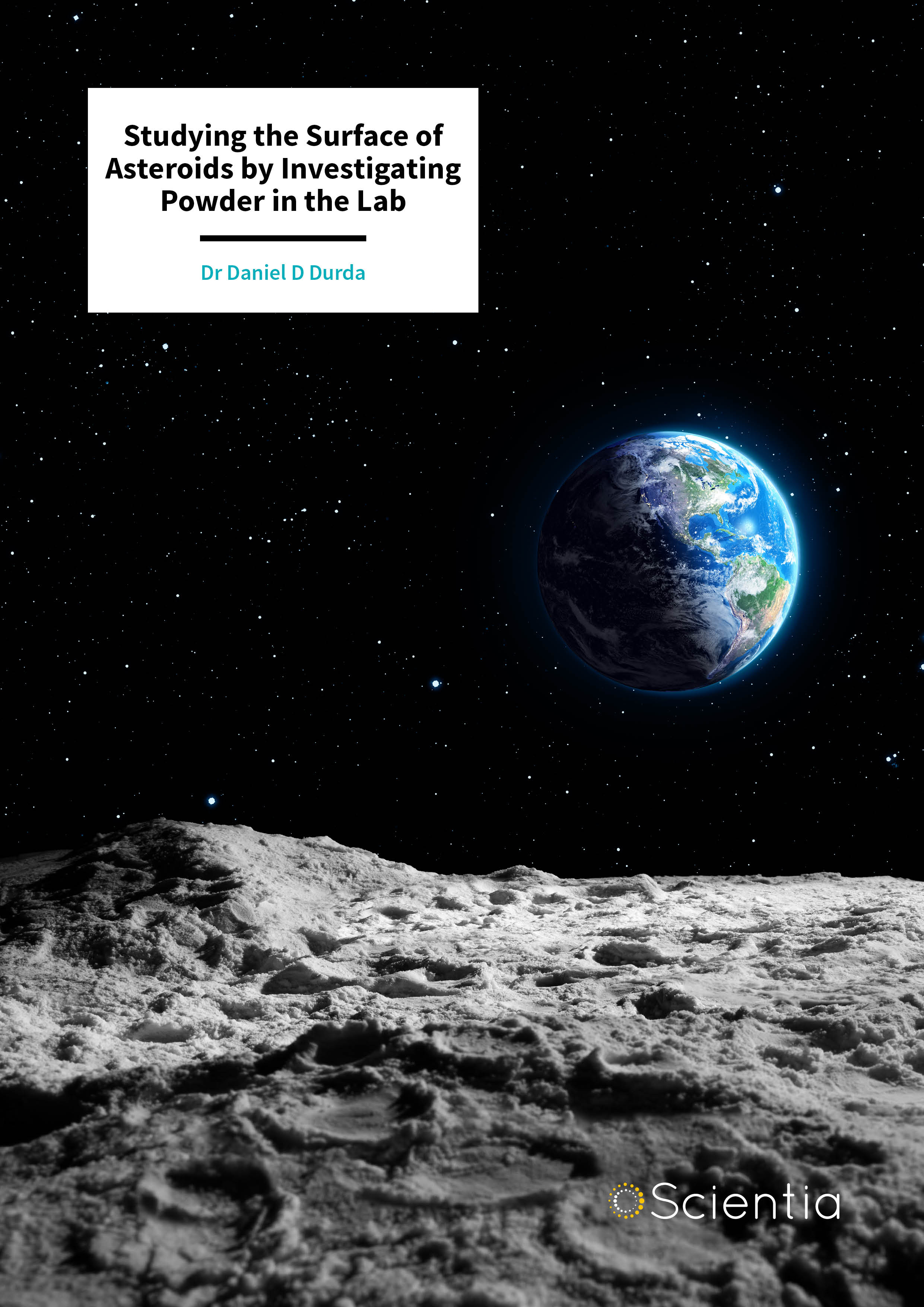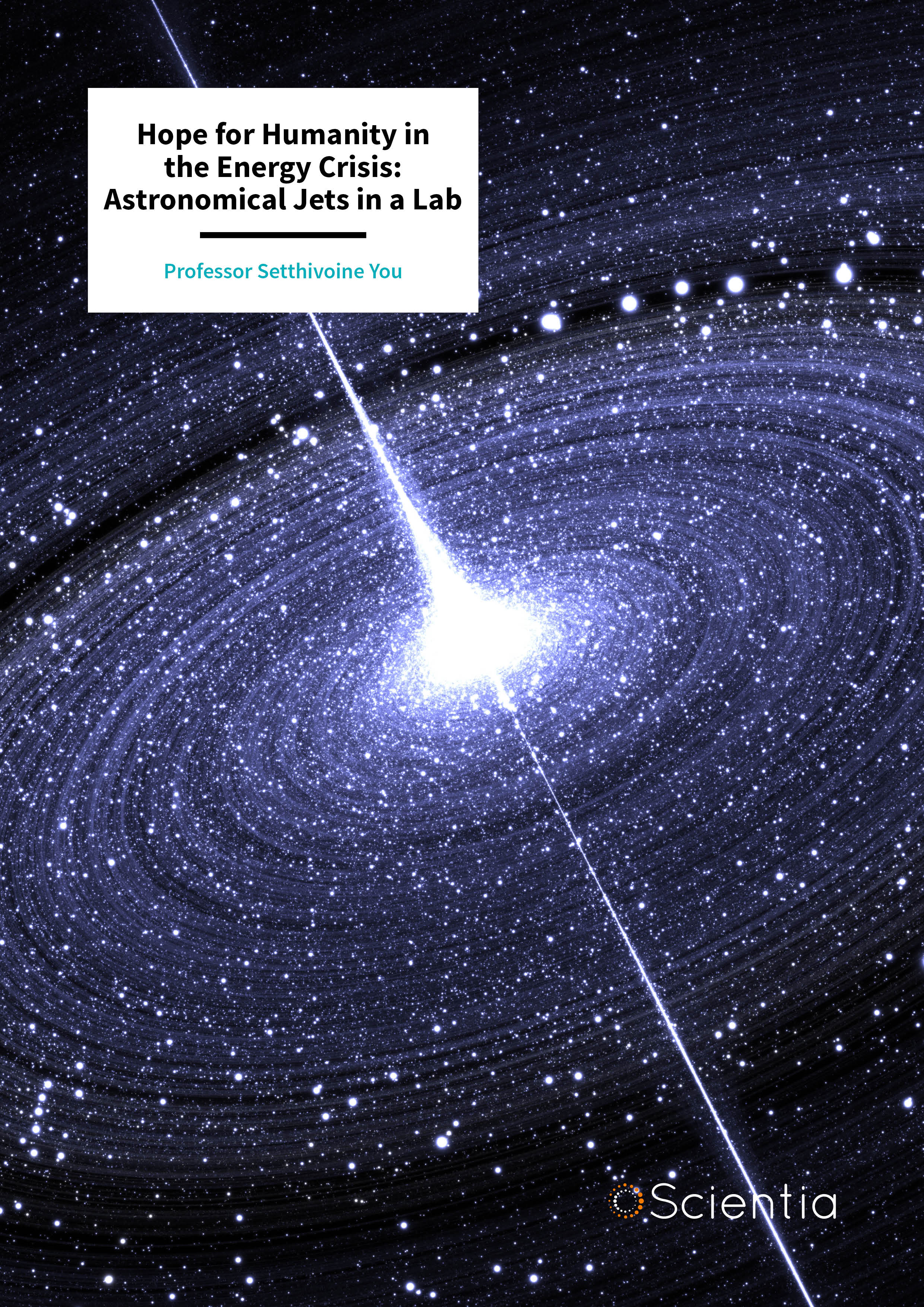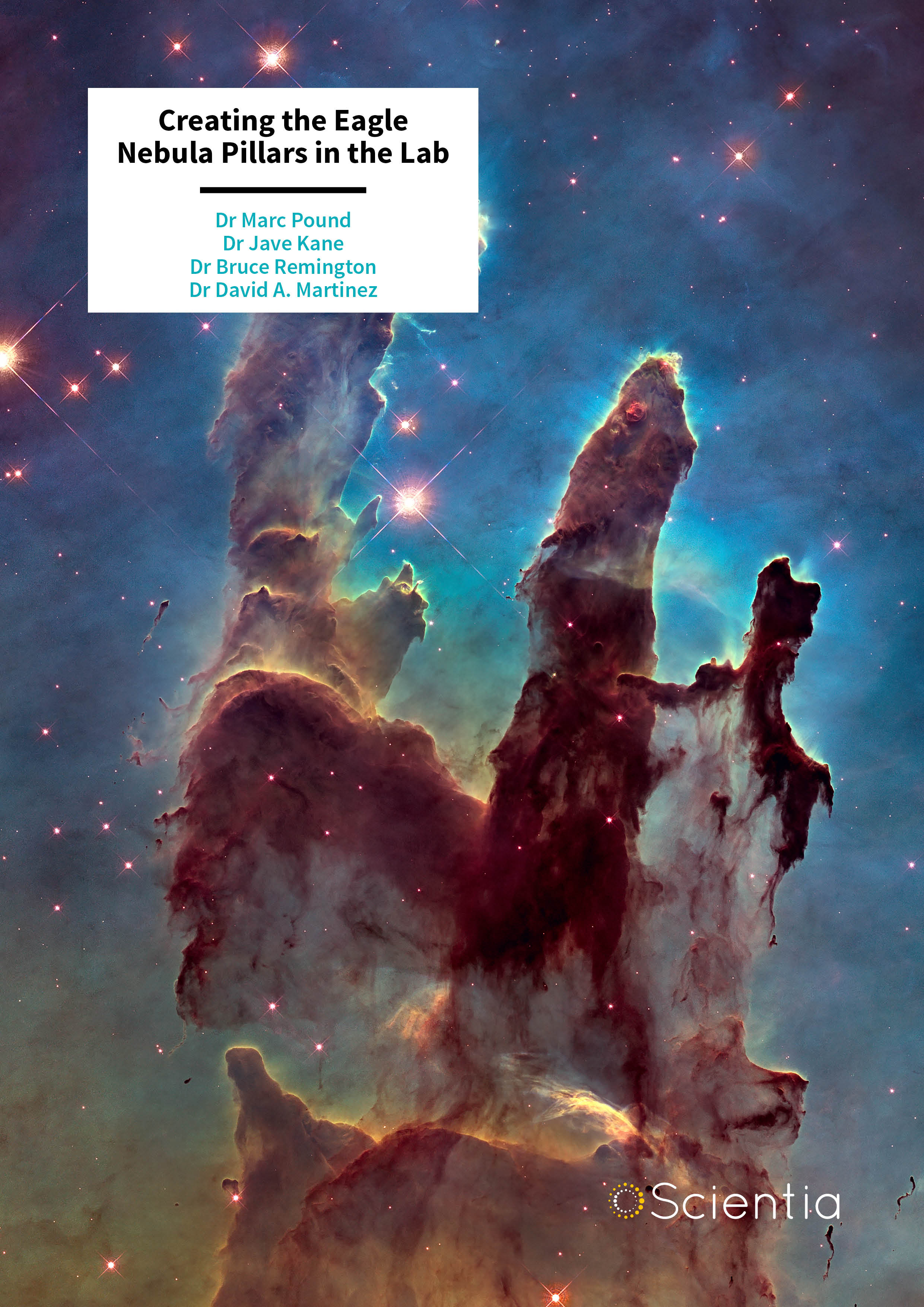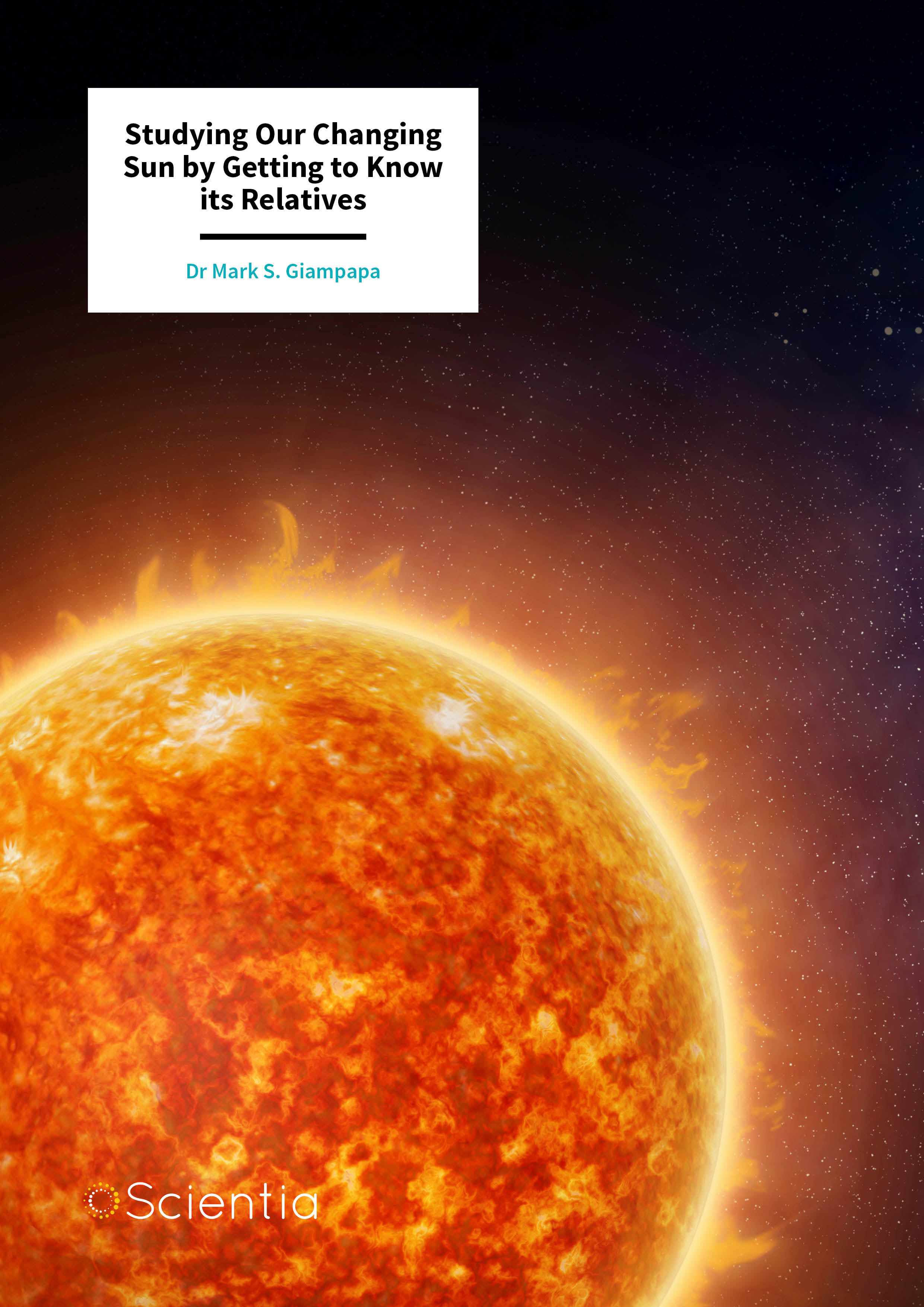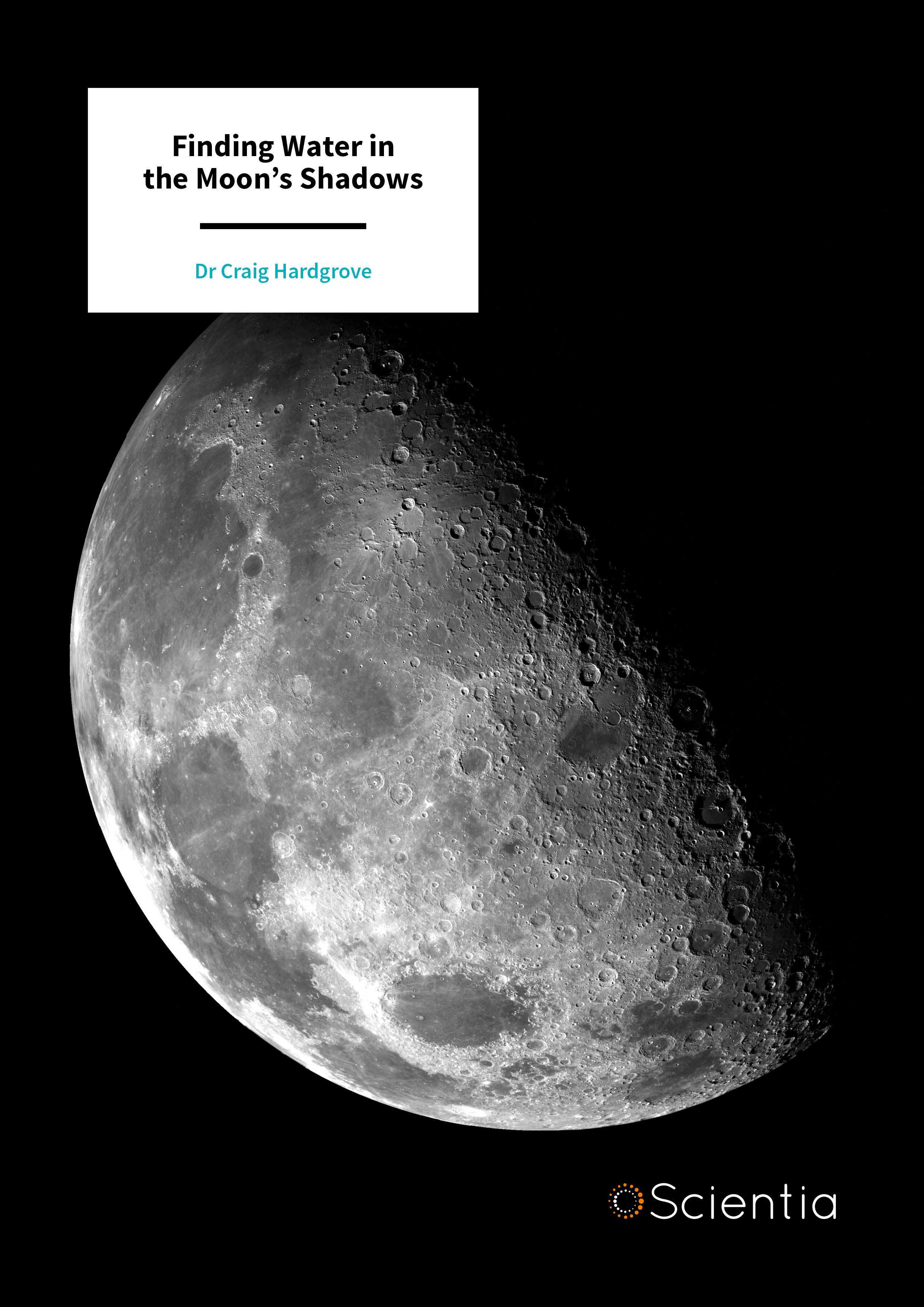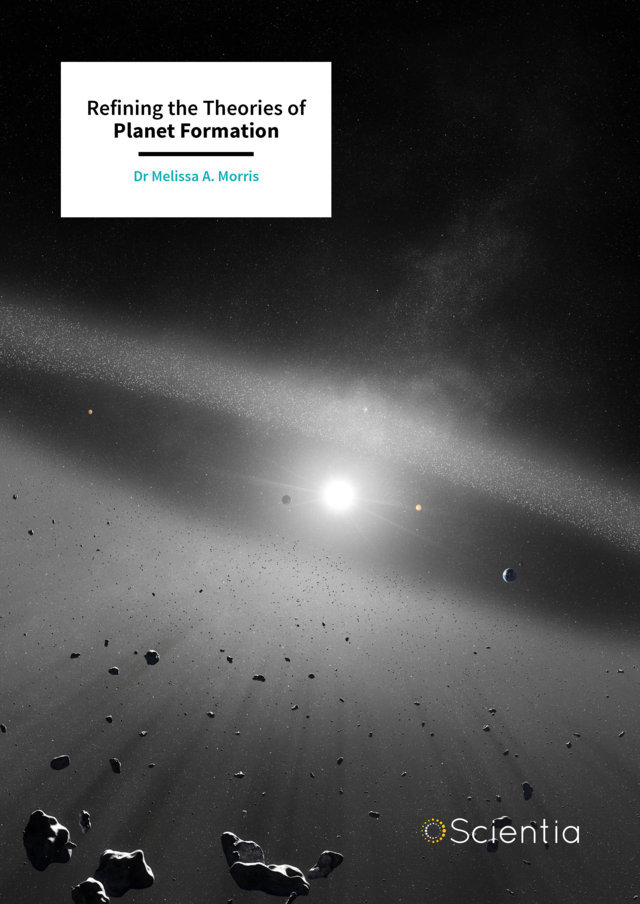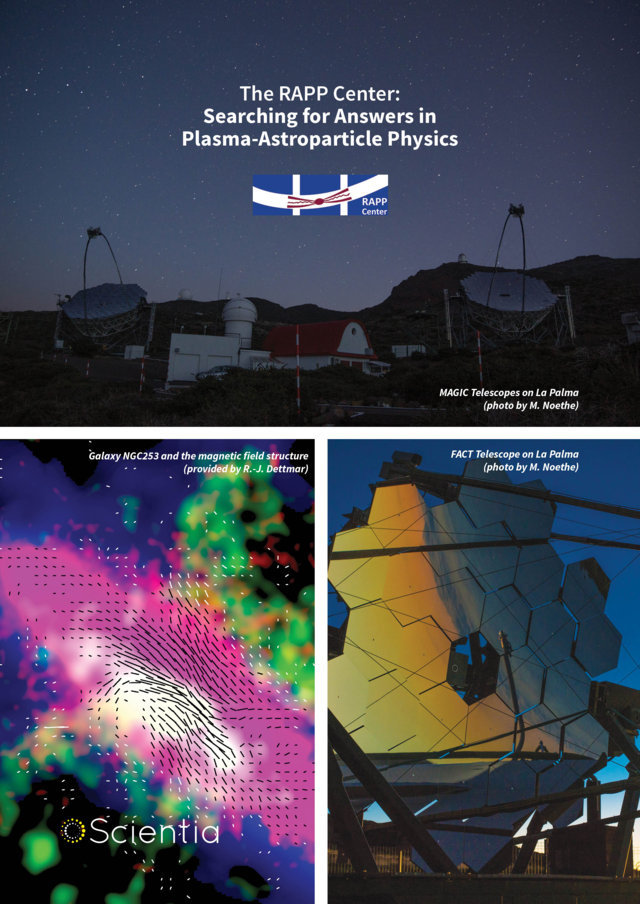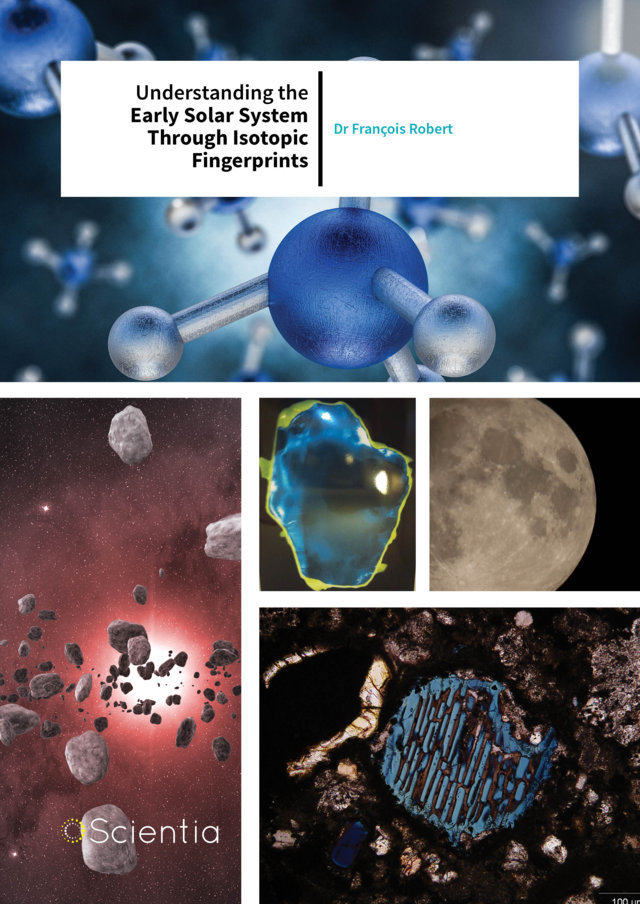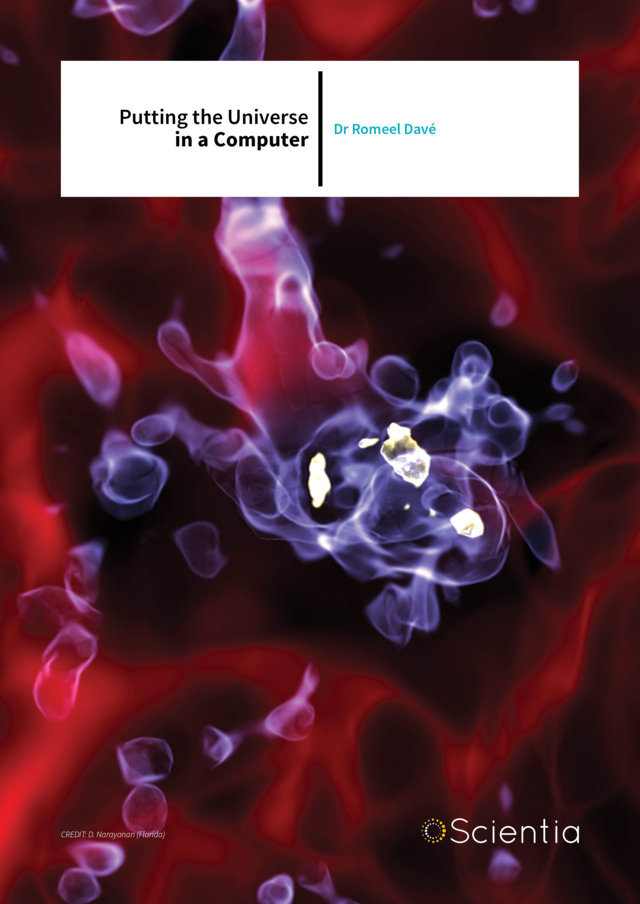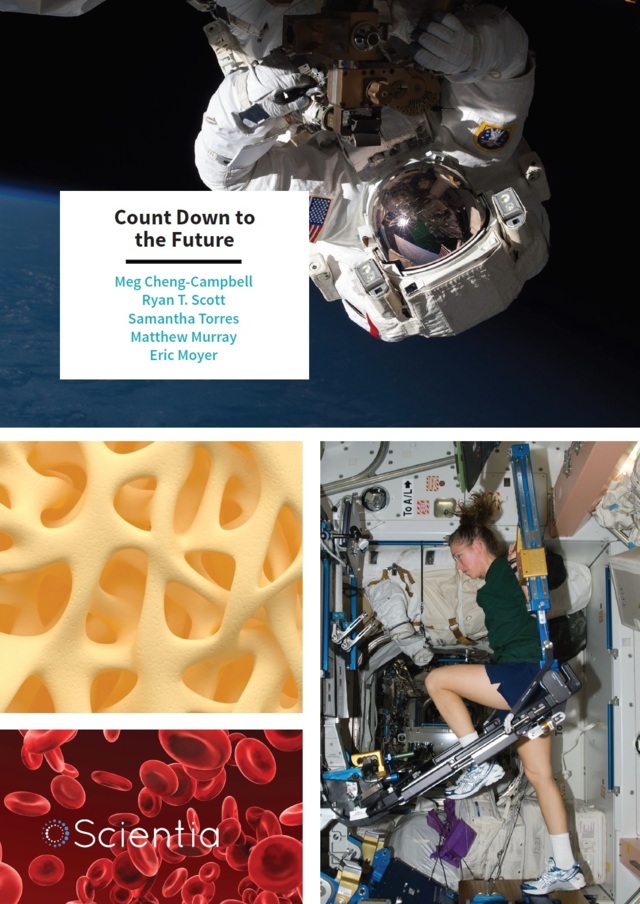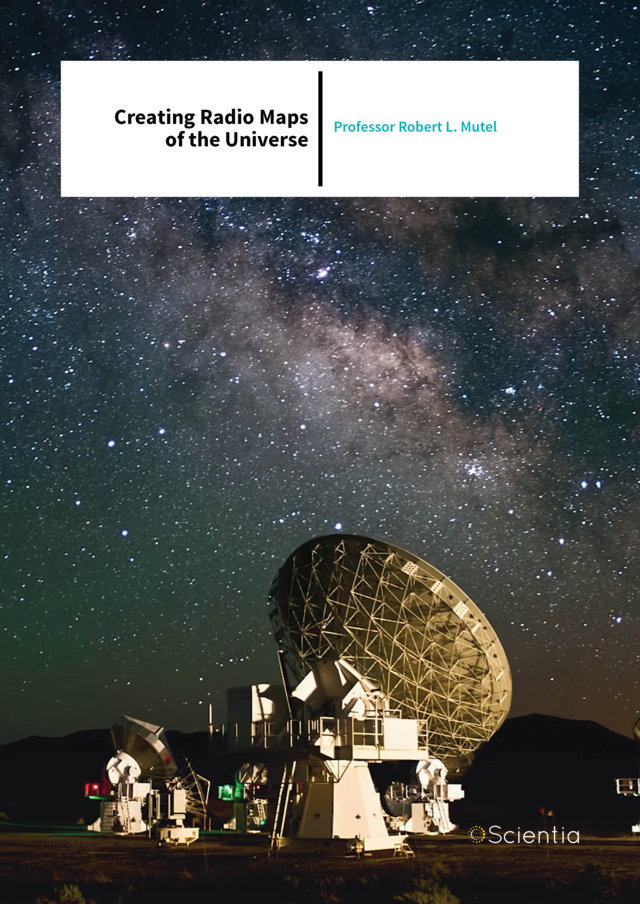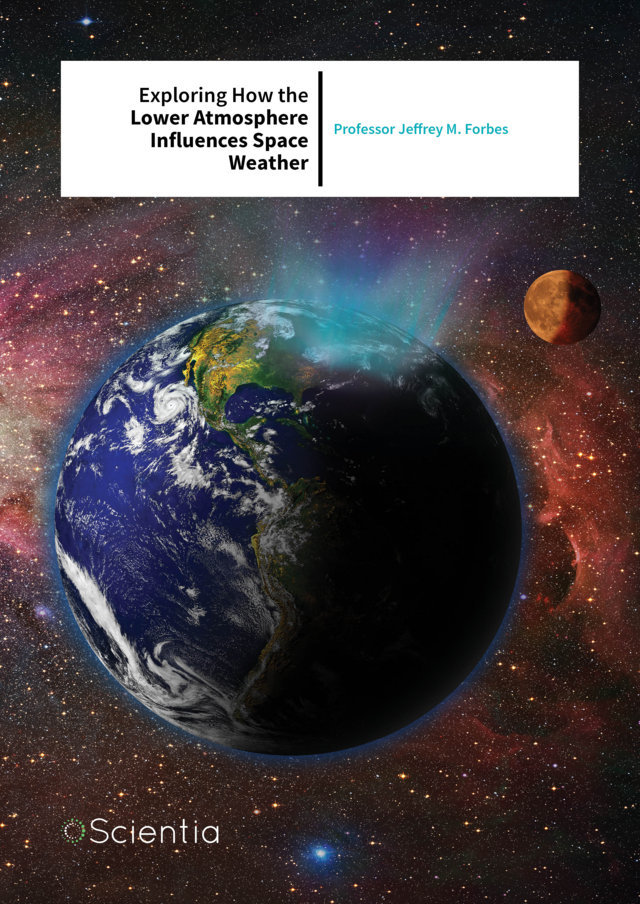Astronomy and Planetary Science
TEMPO: Monitoring North America’s Pollution from Space
Created by sources ranging from campfires to cargo ships, air pollution is incredibly difficult to track. This has meant that the full impacts of air pollution are almost impossible to assess, but a solution is on the horizon. The TEMPO instrument (tempo.si.edu), built by Ball Aerospace to Smithsonian Astrophysical Observatory specifications and managed by the NASA Langley Research Center, will soon provide an all-encompassing view of pollution across North America. As part of a global constellation of satellite air quality missions, TEMPO will soon provide us with the most extensive view of pollution ever achieved, along with its impacts, allowing us to tackle it more effectively than ever before.
Dr Nancy Chabot | Dr Carolyn Ernst | Ariel Deutsch – Icy Discoveries on Our Innermost Planet
The location of water in our solar system may hold the key to understanding how the planets evolved, and indicate other potential places to find life away from Earth. Dr Nancy Chabot and Dr Carolyn Ernst of Johns Hopkins University Applied Physics Laboratory, and Ariel Deutsch at Brown University, use data from NASA’s MESSENGER mission to understand how much ice exists on Mercury and how it may have arrived there.
Professor Michael Behrenfeld – Advancing Satellite Technology to Monitor Ocean Phytoplankton
Tiny marine plants known as ‘phytoplankton’ play a disproportionately large role in maintaining the health of our planet, and they provide a rapid signal of changing climate conditions. Professor Michael Behrenfeld at Oregon State University and his many collaborators are developing new satellite approaches, including space-based lasers, to monitor ocean ecosystems. With these technologies, a 3D map of global phytoplankton communities is on the horizon, which will revolutionise our understanding of how these microscopic organisms make Earth a healthy place to live.
Dr Liming Li – Exploring Energy Flow in Planetary Atmospheres
Within the atmospheres of different planets, energy is continually moving around and being converted into different forms. In his research, Dr Liming Li at the University of Houston studies how the different worlds of our solar system generate, transfer and convert energy in different ways. Through analysing the atmospheres of Jupiter, Saturn, Titan and Earth, his team has made discoveries that provide new insights both for astronomers and for scientists studying our own changing climate.
Dr Andreas Keiling – Alfvén Waves: When Earth’s Shield Comes under Attack
The Earth’s magnetic field has long protected us from surges of harmful charged particles originating from the Sun, yet physicists still don’t entirely understand what happens during this interaction. To explore the issue, Dr Andreas Keiling of the University of California at Berkeley studies the complex processes that take place during these so-called solar storms. His work has now begun to unravel the mysteries of the electromagnetic battleground far above Earth’s surface.
The SETI Institute’s Earthling Project
An exciting new endeavour at the SETI Institute, the Earthling project, aims to connect humans around the world through the universal language of music. Charged with the task of creating music that represents us as humans, composer Felipe Pérez Santiago aims to foster...
The Royal Astronomical Society
Established almost two centuries ago, the Royal Astronomical Society (RAS) is the UK’s learned society dedicated to facilitating and promoting the study of astronomy, solar-system science and geophysics. In this exclusive interview, we speak with the Society’s...
The First Royal Meteorological Society Climate Change Forum
As the UK’s professional and learned society for weather and climate science, the Royal Meteorological Society (RMetS) has become a leader in advancing our understanding of anthropogenic climate change. On the 4th of June this year, the Society will host its first...
Dr Reinhard Genzel | Dr Linda Tacconi | Max Planck – Investigating the Evolution of Star Formation with Millimetre Wave Astronomy
Astronomers have much to learn from the giant clouds of gas and dust that occupy the vast spaces between stars. These conglomerates of dense, cool interstellar matter provide the food needed for star formation in galaxies. Over the past decade, Dr Reinhard Genzel and...
Dr Joe Borovsky – Analysing Earth’s Magnetospheric System: A Web of Interconnections
The behaviours of physical systems are often decided by complex webs of connections between properties, where a small change in just one variable could cause changes in every other one. Dr Joe Borovsky at the Space Science Institute of Boulder, Colorado, and his...
Outcomes of Gender Summit 11, Co-hosted by NSERC
From November 6 to 8, 2017, more than 675 advocates of gender equity from across many different fields in science, technology, engineering and mathematics (STEM) took part in Gender Summit 11, in Montreal, Quebec. Co-hosted by the Natural Sciences and Engineering...
Professor Gilles Gerbier – A Flickering in the Darkness
Deep, deep underground, surrounded by kilometres of solid rock, a team of scientists led by Professor Gilles Gerbier of Queen’s University, Canada, watches for a miniscule flicker of energy. A flicker that will, they hope, betray the existence of the most elusive...
Professor Elena Aprile | Drs Kaixuan Ni | Luca Grandi – Dark Matter Hunters
Professor Elena Aprile and her collaborators, Drs Kaixuan Ni and Luca Grandi, join together with a worldwide consortium of scientists to design massive detectors for identifying the invisible matter that makes up the majority of our Universe. For over 100 years,...
Dr Jeremy Drake – Investigating Our Galaxy’s Largest Star Production Factories to Reveal Stellar and Planetary Origins
Star forming regions are dense complexes of young and newly forming stellar clusters, which drive the evolution of galaxies. Dr Jeremy Drake, a Senior Astrophysicist at the Smithsonian Astrophysical Observatory, and his collaborators analyse X-ray, optical and...
Professor David Jewitt – Investigating Cosmic Snowballs
Professor David Jewitt and his team at UCLA explore the nature of comets. These fleeting visitors to our cosmic shore are important sources of information, and can help to reveal the origin and evolution of the solar system. Most recently, Professor Jewitt’s team have...
Professor Gustaaf Jacobs – Modelling Shock Waves and Particle Interactions in High-Speed Flows
Understanding how shock waves, flow dynamics and turbulence all interact and affect the distribution of particles has applications ranging from high-speed vehicles to explosions and even ocean sediment dynamics. Professor Gustaaf Jacobs at San Diego State University...
Dr Uli Klein – Supernova-accelerated Electrons to Dark Matter: A Career in Radio Astronomy
Considering we didn’t know of their existence just a century ago, our current knowledge of the structures and dynamics of galaxies is extraordinarily impressive. Among those who have enhanced our understanding of these building blocks of the Universe is Dr Uli Klein,...
Dr Simon Friederich – A Rare Universe? The Multiverse Debate Through the Lens of Philosophy
How did we get here? How could a universe with such simple physical laws have created something as complex as us? These questions are so fundamental that even after millennia, neither scientists nor philosophers have reached a universally satisfying answer. Dr Simon...
Vanessa M. Escobar | Molly E. Brown – How NASA’s Satellites Are Mapping the Way for Global Policy
NASA’s satellite technologies have provided a wealth of data about the planet, and can be tailored into usable products to support major decision makers across the world. Vanessa M. Escobar and Molly E. Brown are working to bring these data products to decision-making...
Working in Space: The Challenge for Mars and Beyond
Professor Karen Feigh and Dr Matthew Miller from the Georgia Institute of Technology examine what support will be required when astronauts need to work outside in deep space, where communication with Earth takes tens of minutes. Software engineer, Cameron Pittman,...
Dr Dan Durda – Studying the Surface of Asteroids by Investigating Powder in the Lab
Space scientist Dr Dan Durda and his team at the Southwest Research Institute in Boulder, Colorado, are working to understand how the planets in our Solar System evolved. The team is searching for practical ways to exploit nearby asteroids, through investigating how...
Professor Setthivoine You – Hope for Humanity in the Energy Crisis: Astronomical Jets in a Lab
If we consider Earth as a closed box in which humanity has only ever lived, the second law of thermodynamics says that in the end, inevitably, the box will reach a state of maximum disorder. So, in the long run, there are two important ways in which our species might...
Pound | Kane | Martinez | Remington – Creating the Eagle Nebula Pillars in the Lab
The ‘Pillars of Creation’ is one of the most iconic images ever taken by the Hubble Space Telescope, but the processes that formed these colossal tendrils of the Eagle Nebula are still not entirely understood. To test emerging theories, Drs Marc Pound, Jave Kane,...
Dr Mark Giampapa – Studying Our Changing Sun by Getting to Know its Relatives
Astrophysicist Dr Mark Giampapa of the National Solar Observatory with his team from astronomical centres in the US and Europe try to understand how the magnetic activity of the Sun evolves and how it will behave in the future. The team does this by exploring the...
Dr Craig Hardgrove – Finding Water in the Moon’s Shadows
The Moon’s poles are enriched in hydrogen, a key component of water-ice, but there’s still much to learn. Dr Craig Hardgrove and his colleagues at Arizona State University are leading the Lunar Polar Hydrogen Mapper (LunaH-Map) mission, which aims to discover how much...
Dr Melissa Morris – Refining the Theories of Planet Formation
Science and philosophy are two of the most important pillars of human civilisation. But when it comes to the important questions, is there really much difference between them? Where do we come from? What is the meaning of life? Answers to such philosophical questions...
The RAPP Center: Searching for Answers in Plasma-Astroparticle Physics
The Ruhr Astroparticle and Plasma Physics (RAPP) Center was established in 2015 by Professor Julia Tjus and her colleagues within the University Alliance Ruhr – a collaboration between the three universities of the Ruhr area: Ruhr-Universität Bochum, Technische...
Dr François Robert – Understanding the Early Solar System Through Isotopic Fingerprints
During the early stages of the solar system formation, the development of molecular organic and inorganic structures occurred through poorly documented mechanisms such as photochemistry or nuclear reactions. Directly probing such phenomena in the laboratory is almost...
Dr Romeel Davé – Putting the Universe in a Computer
Galaxy formation theorist Dr Romeel Davé and his team at the University of the Western Cape use high-performance supercomputer simulations to answer basic questions about the evolution of galaxies and our visible Universe. Humans have always been mesmerised by the...
Count Down To The Future
At the NASA Ames Research Center in California, the next generation of space biologists are working to understand the effects of long duration space flight on model organisms, and are developing ways to protect the health of future astronauts. The human body has...
Dr Robert Mutel – Creating Radio Maps of the Universe
For thousands of years, humans have been fascinated by what lies beyond our own planet. One of the ways to study the most distant objects in our universe is using radio telescopes. By studying radiation emitted in the radio band of the electromagnetic spectrum,...
Professor Jeffrey Forbes – Exploring How the Lower Atmosphere Influences Space Weather
Professor Jeffrey Forbes and his team at the University of Colorado use data from multiple satellites and global modelling to determine how terrestrial weather affects the near-Earth space environment. When we think of the weather, we think of the wind and rain and...

